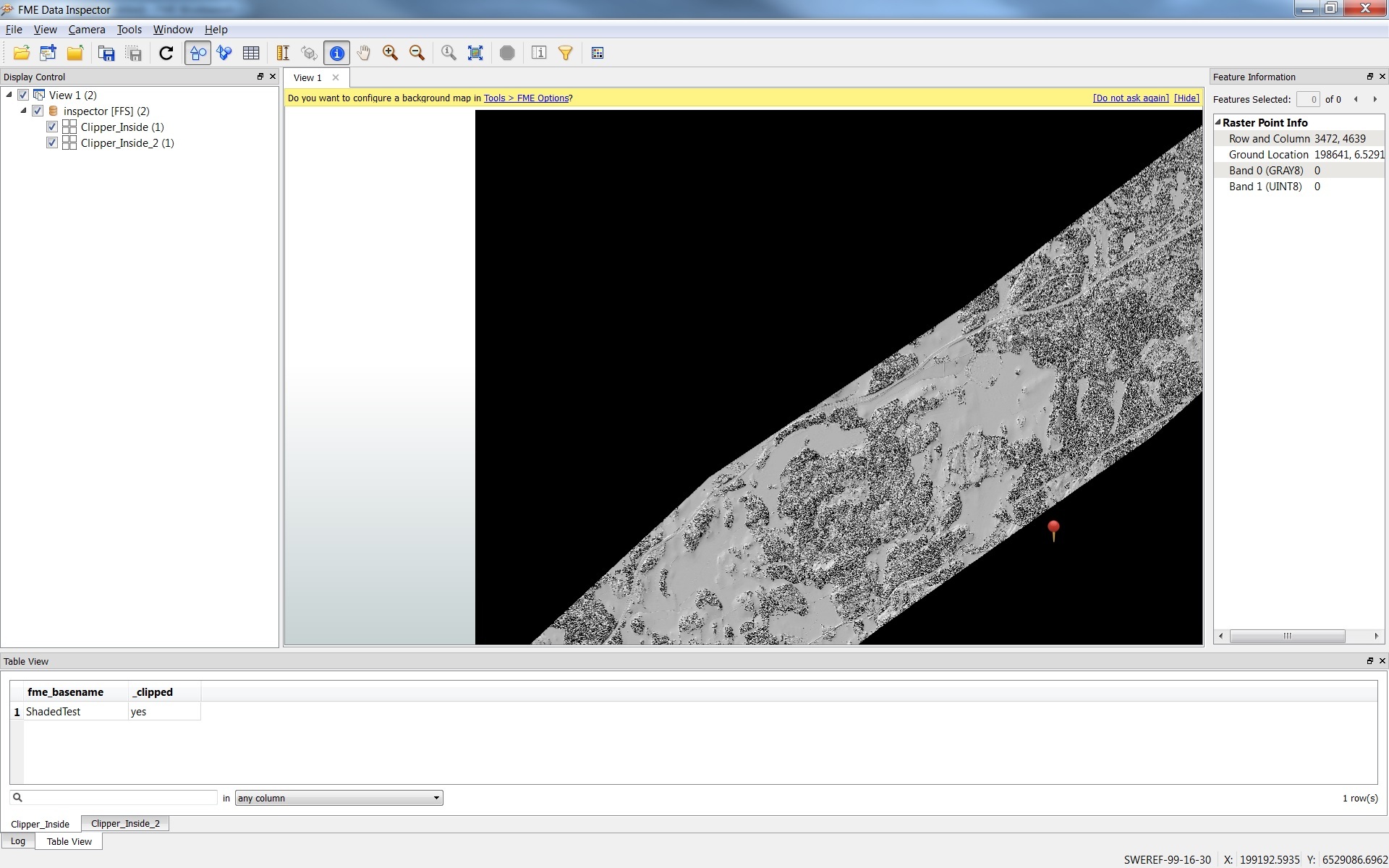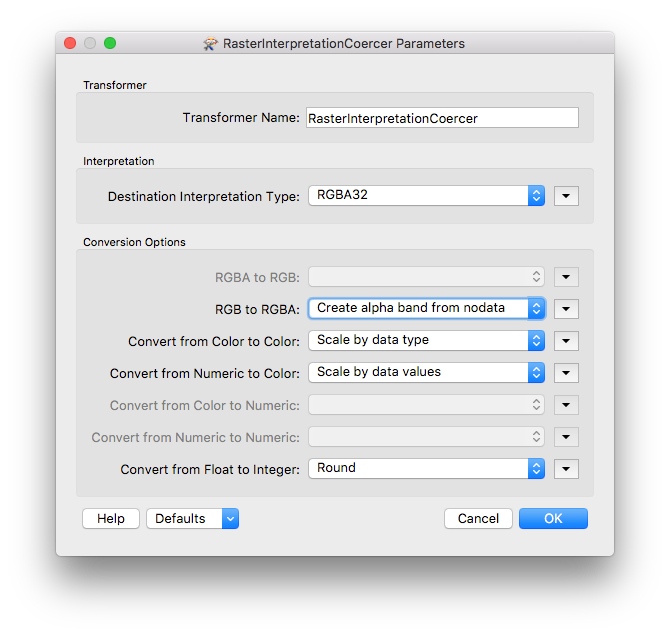a raster is rectangular, you can't remove the area.
you say:
"where Band 0 and Band 1 are both 0. The rasterbandnodatasetter only looks at band 0 and sets those cells to nodata"
The help of the RasteBandNoDataSetter states:
"If different nodata values are desired on each band (for example, when setting nodata values on a color raster, where each of the red, green, and blue bands has a different value), then add multiple RasterBandNodataSetter transformers using either different band selections, or by using raster band splitting to separate the bands on which to set the nodata value."
so you separate or select bands 1 and 0 and test them etc.
But if all you need is to set the black area to nodata without compromising other colours with bands 1 and 0 = 0 you can of course use a clipper;
You need an alpha channel. Then you can set nodata cells to transparency.
You can use the
rasterintepretationcoercer for that using
"create alphaband from no data"
Then you can use a clipper. The clipped bit (wether inside or outside) will become transparent.
look at a forum question called "seaxture" (if i remember wel)








